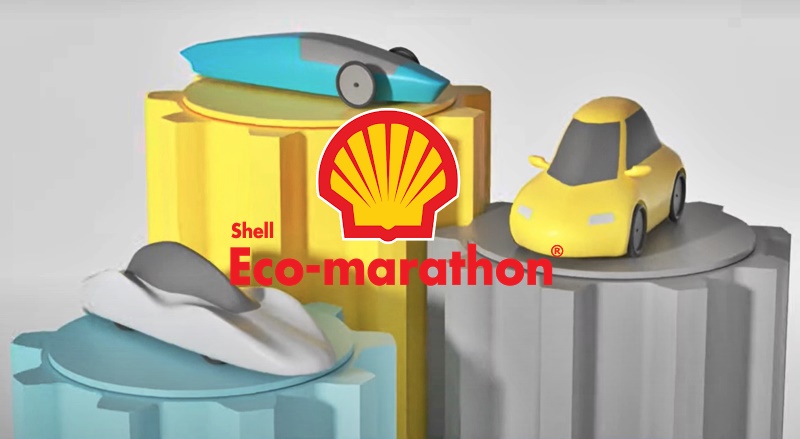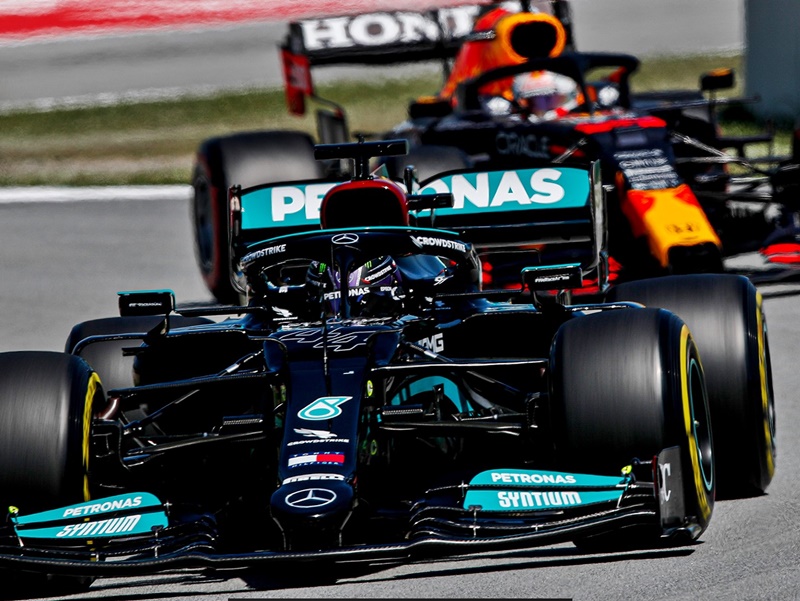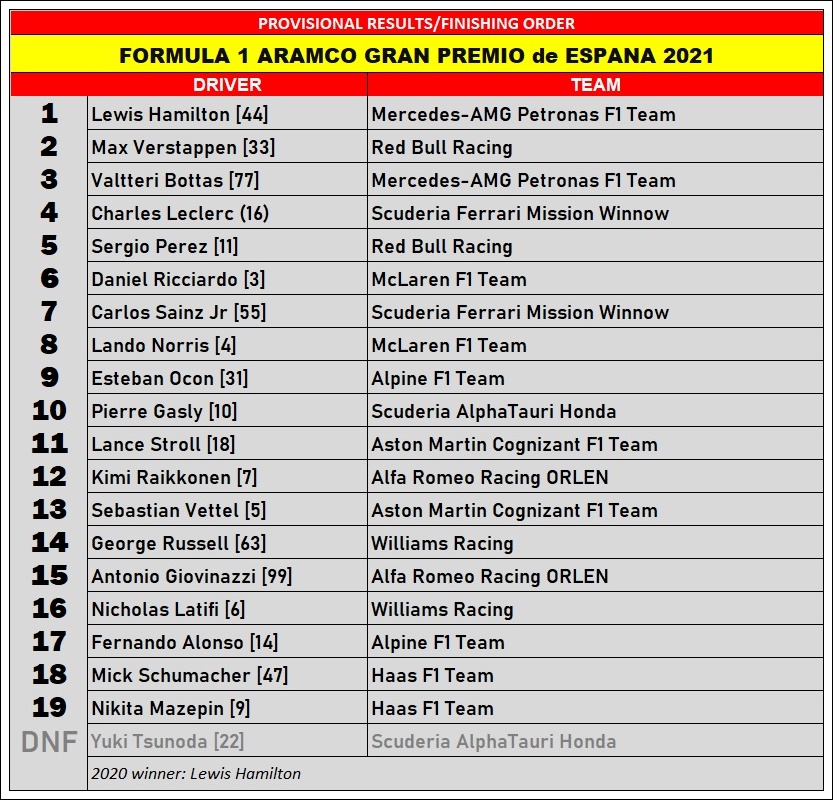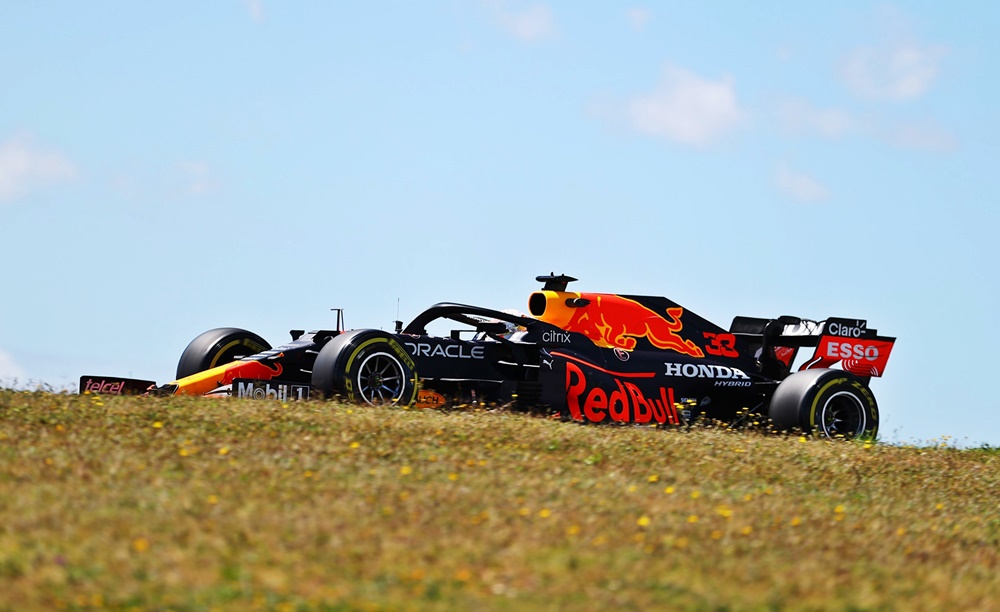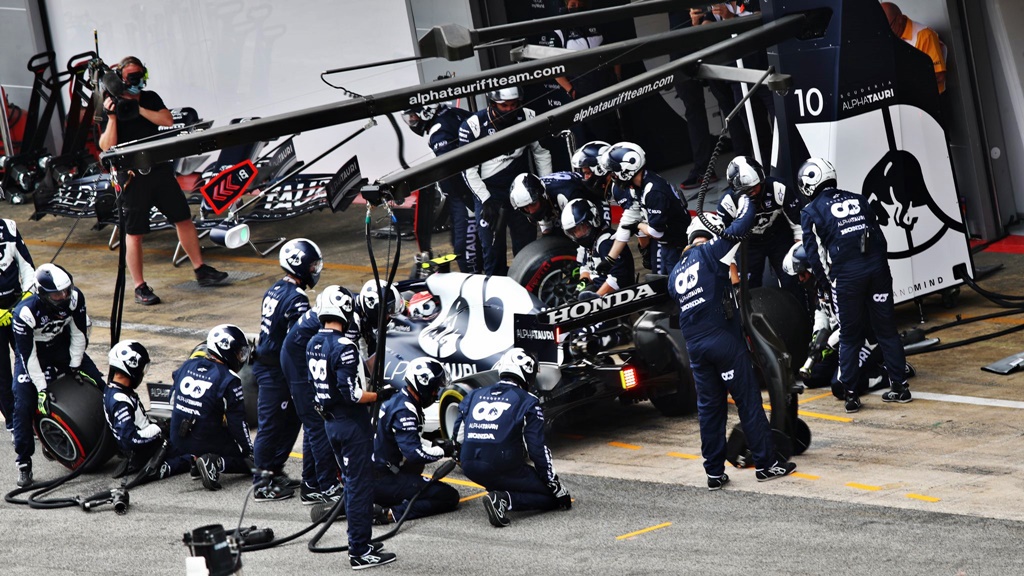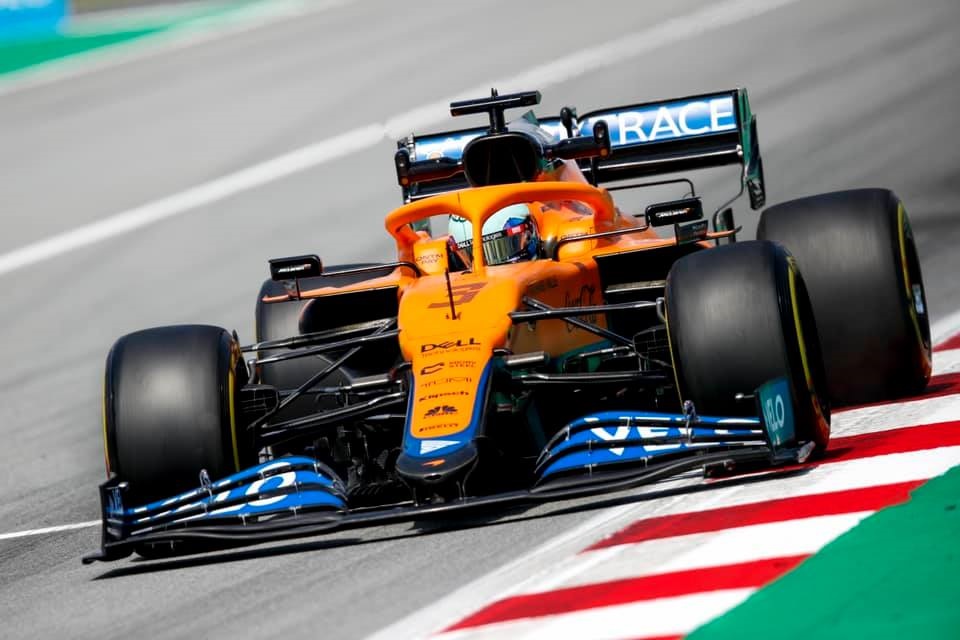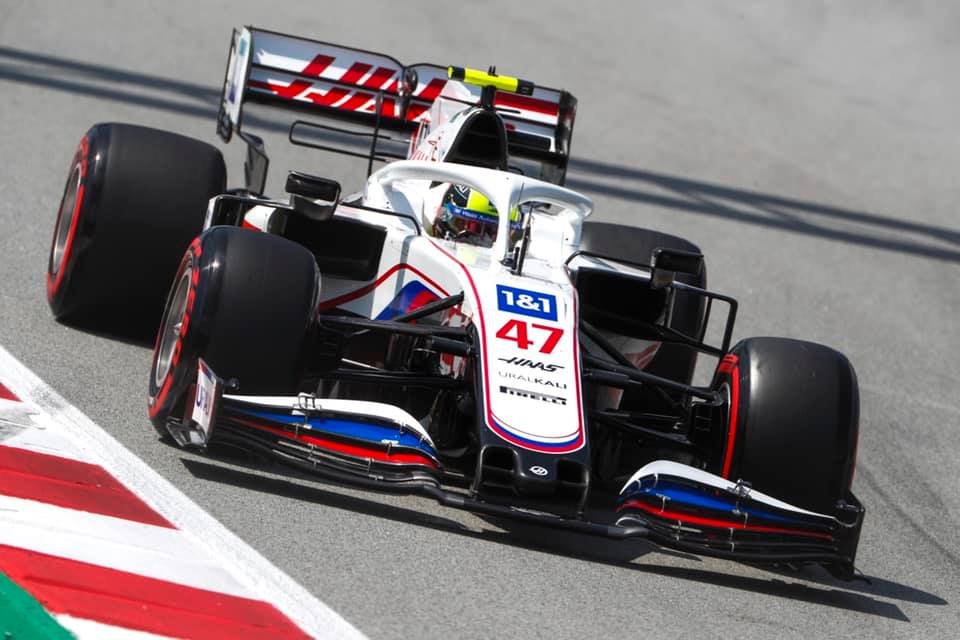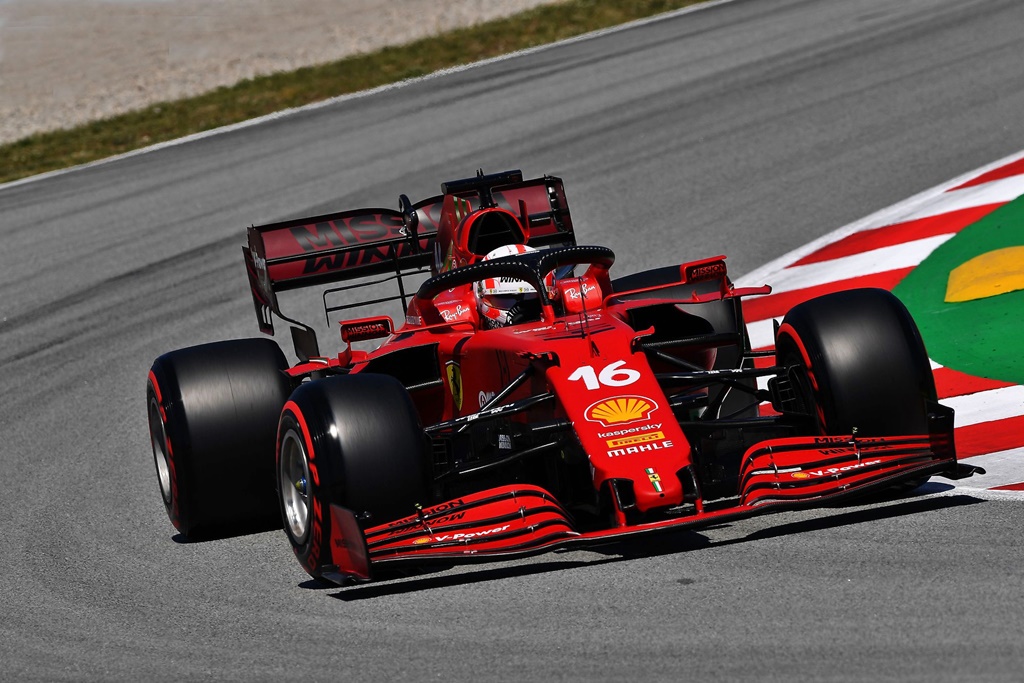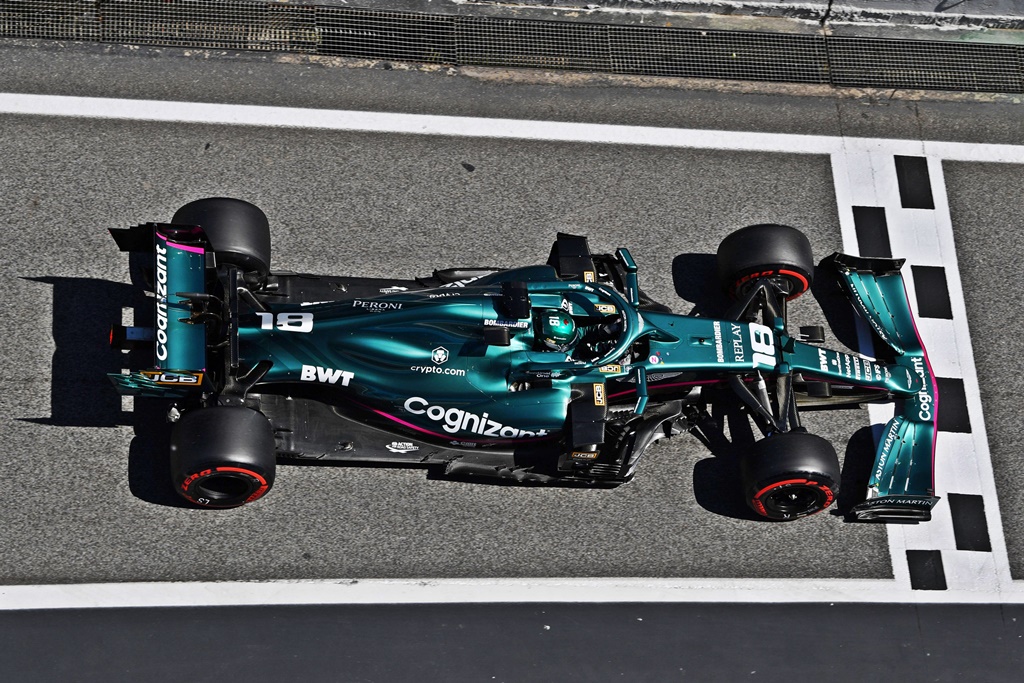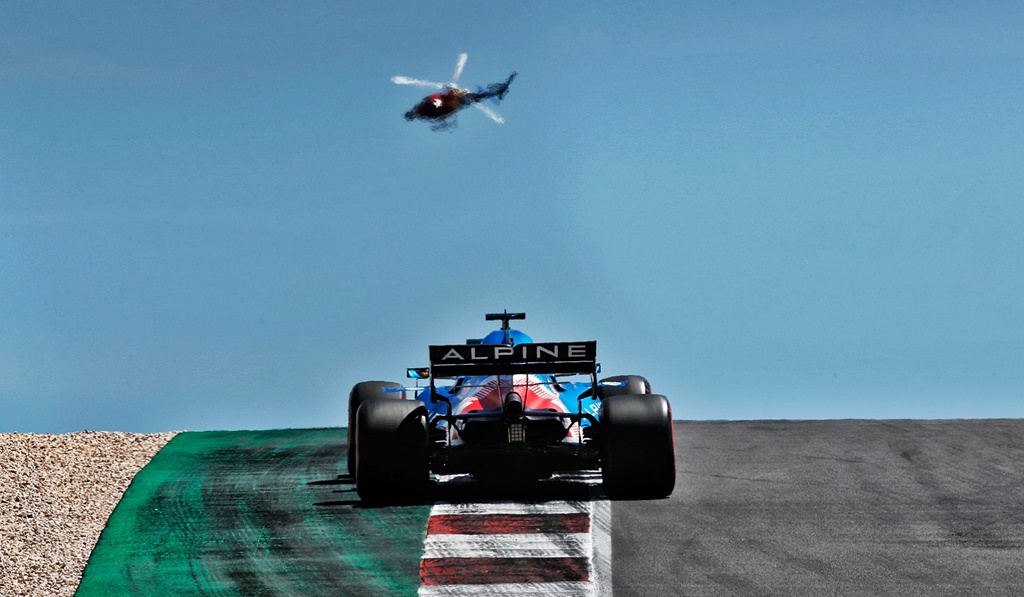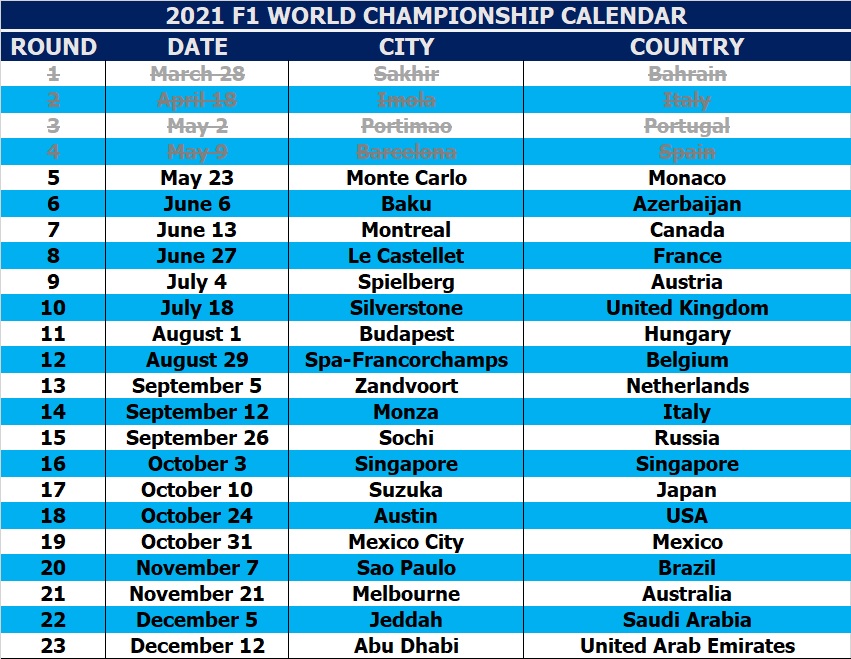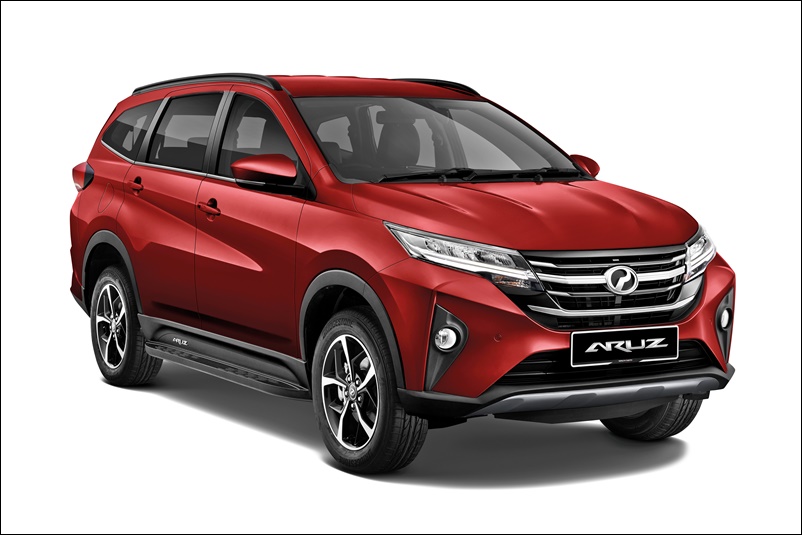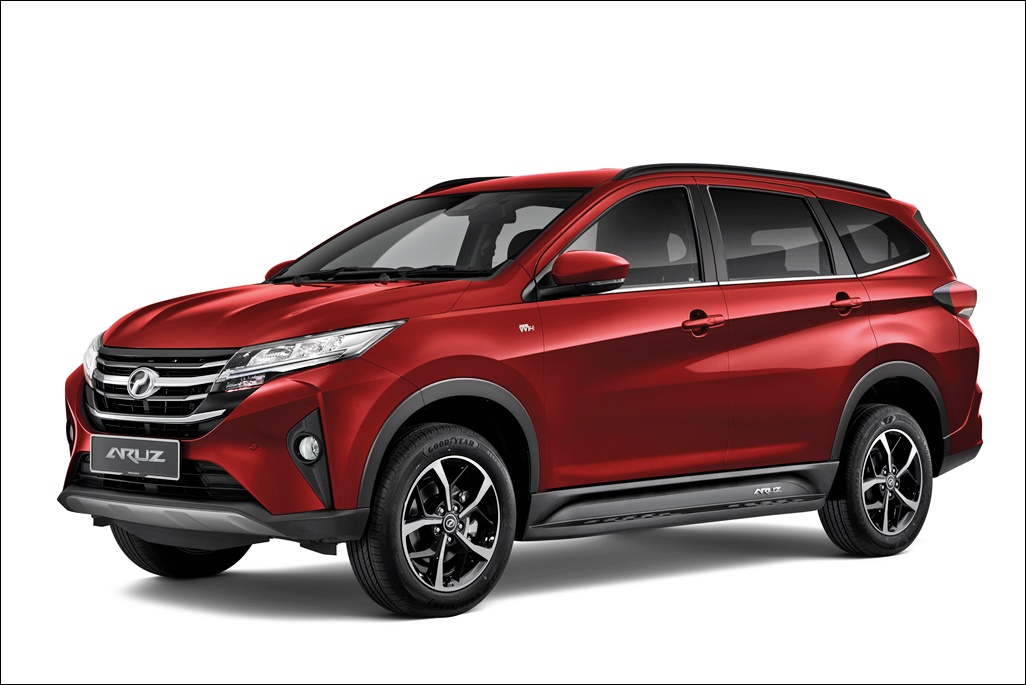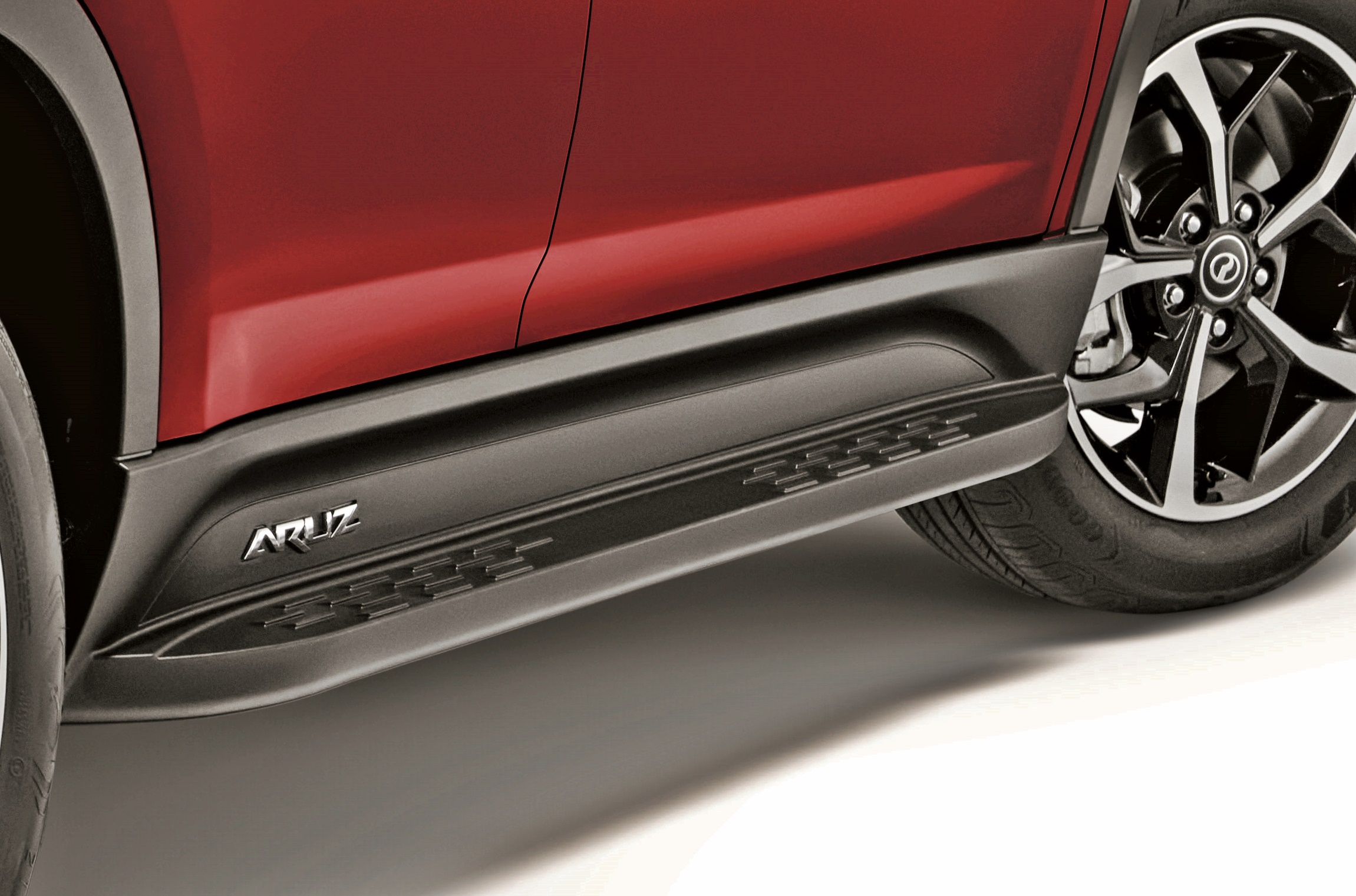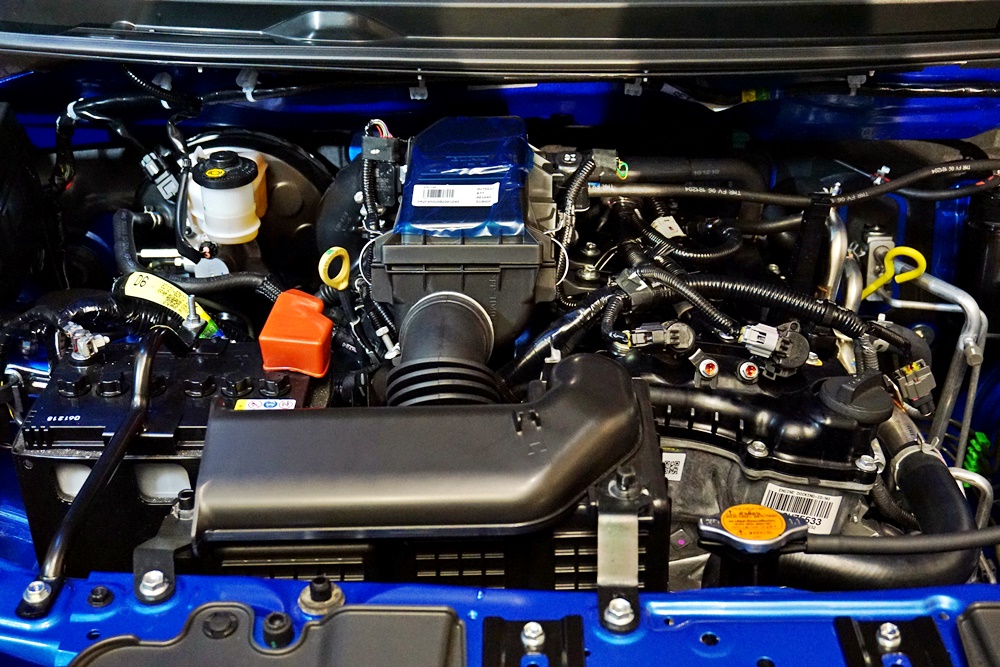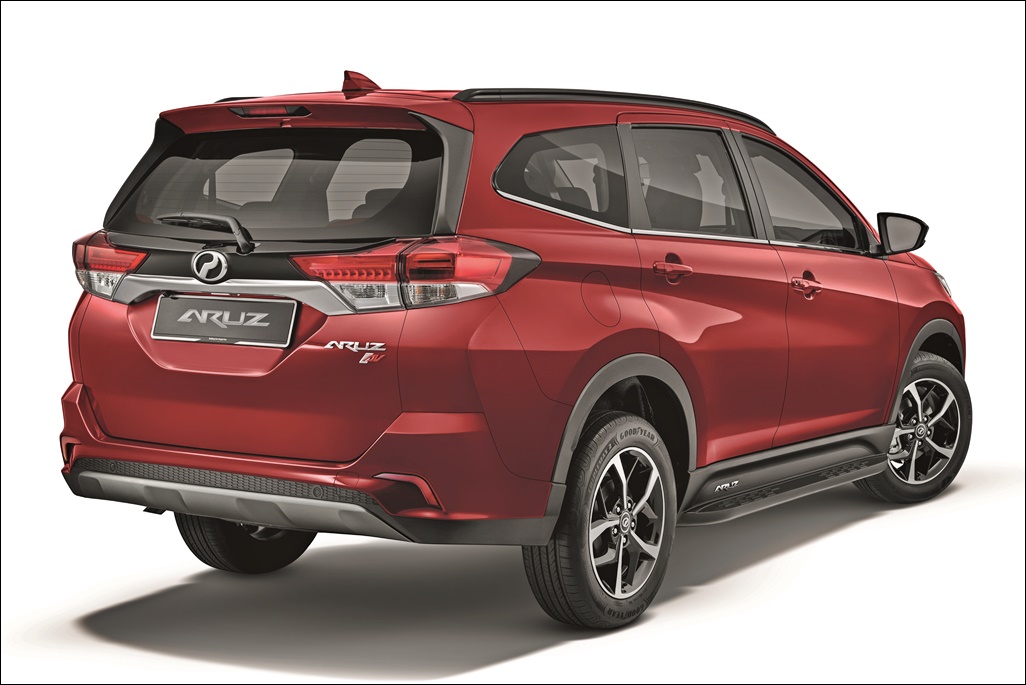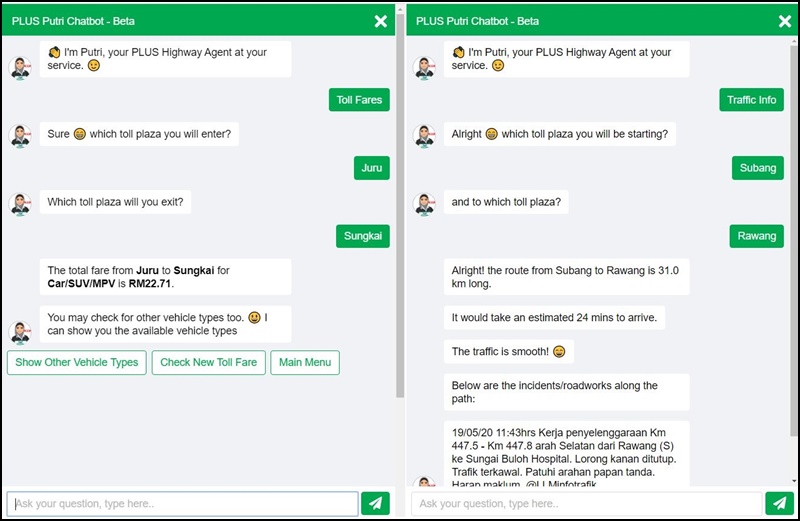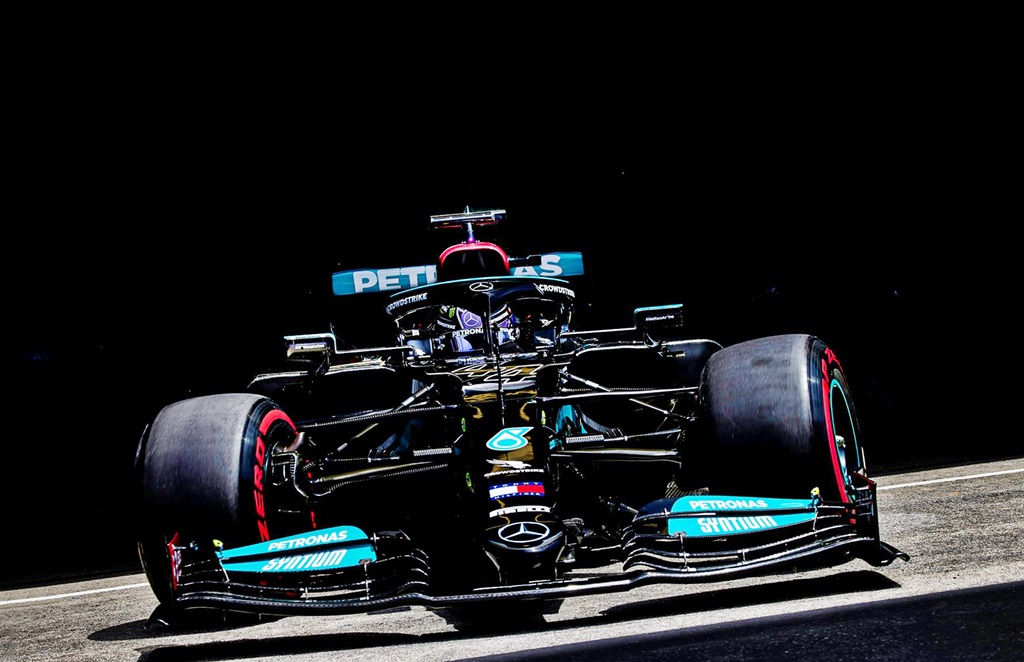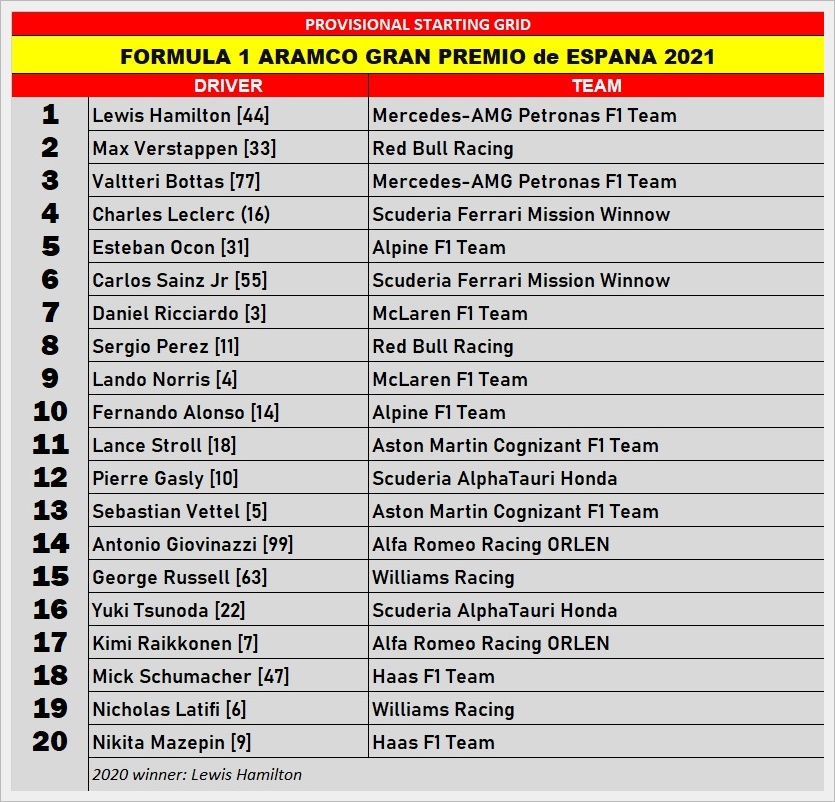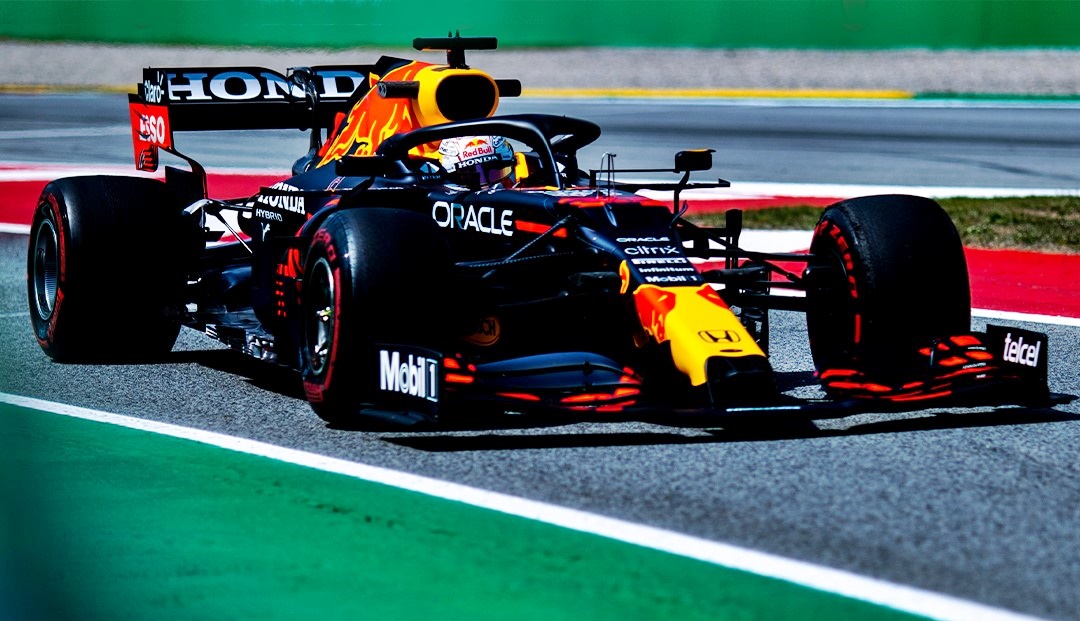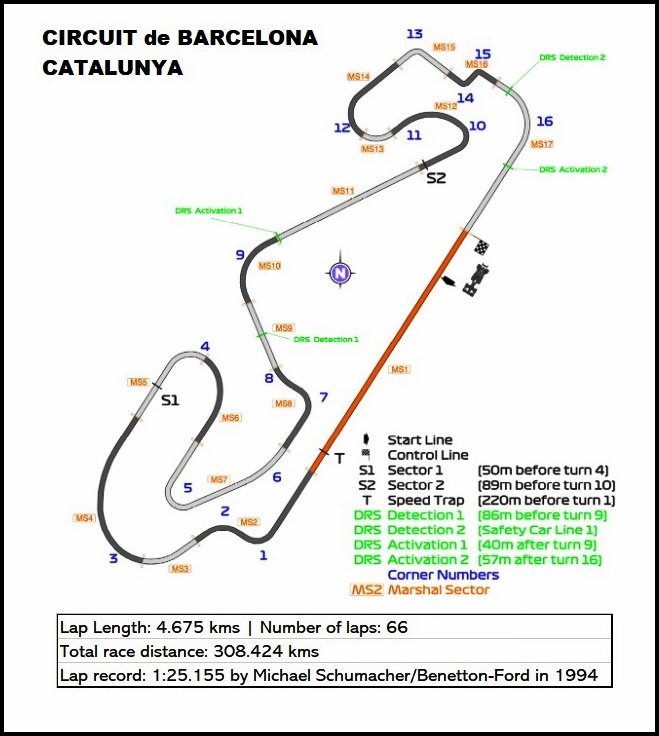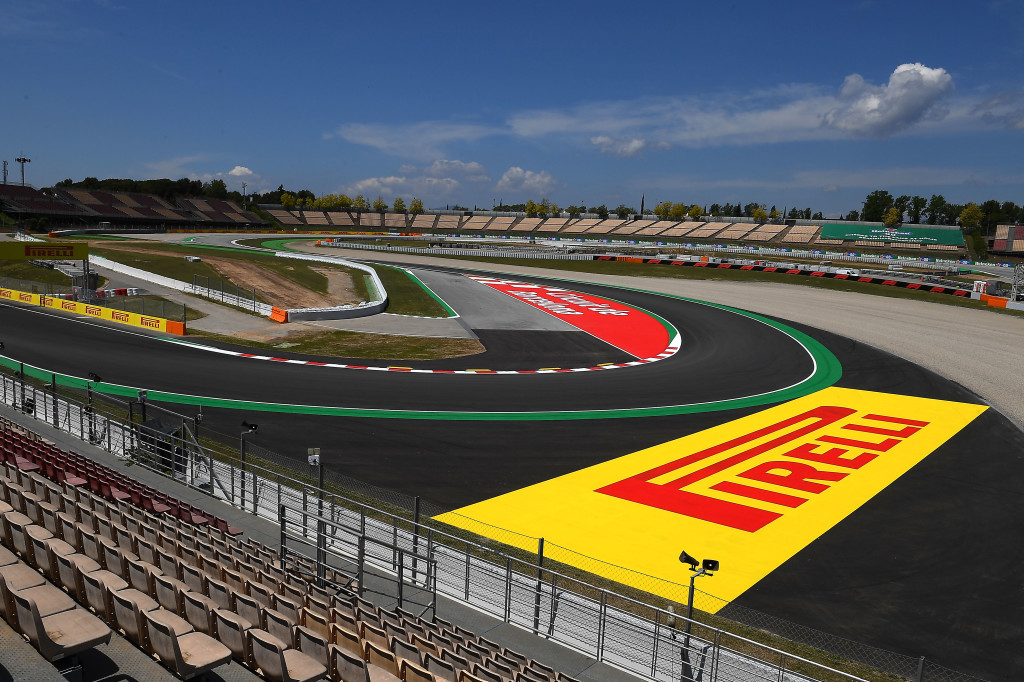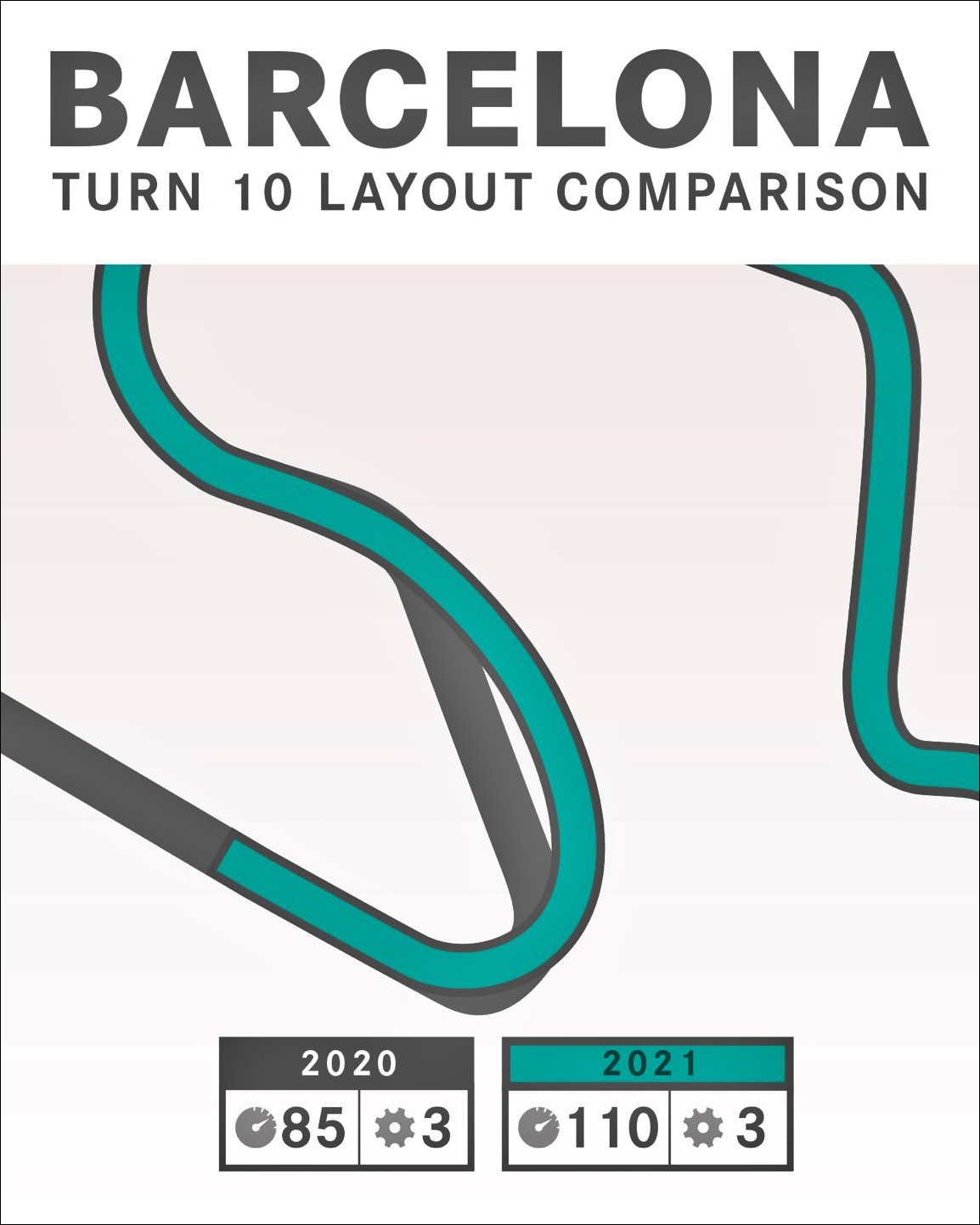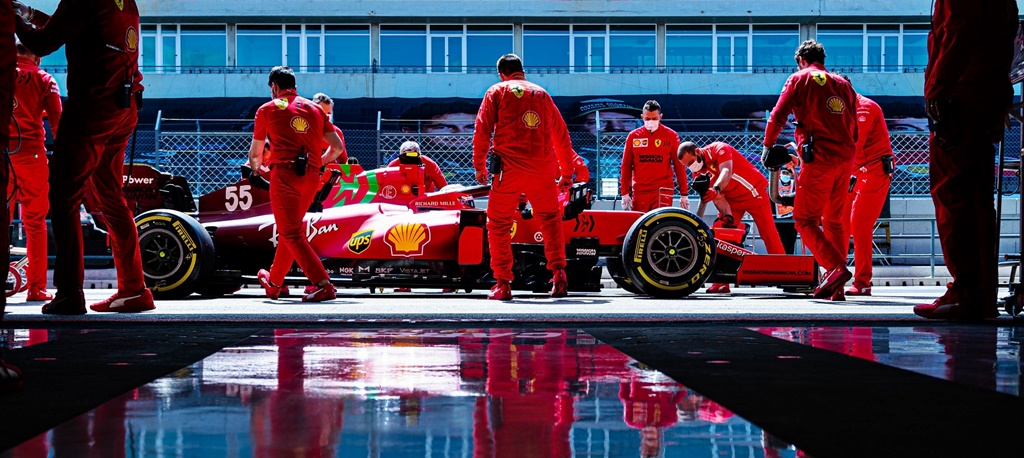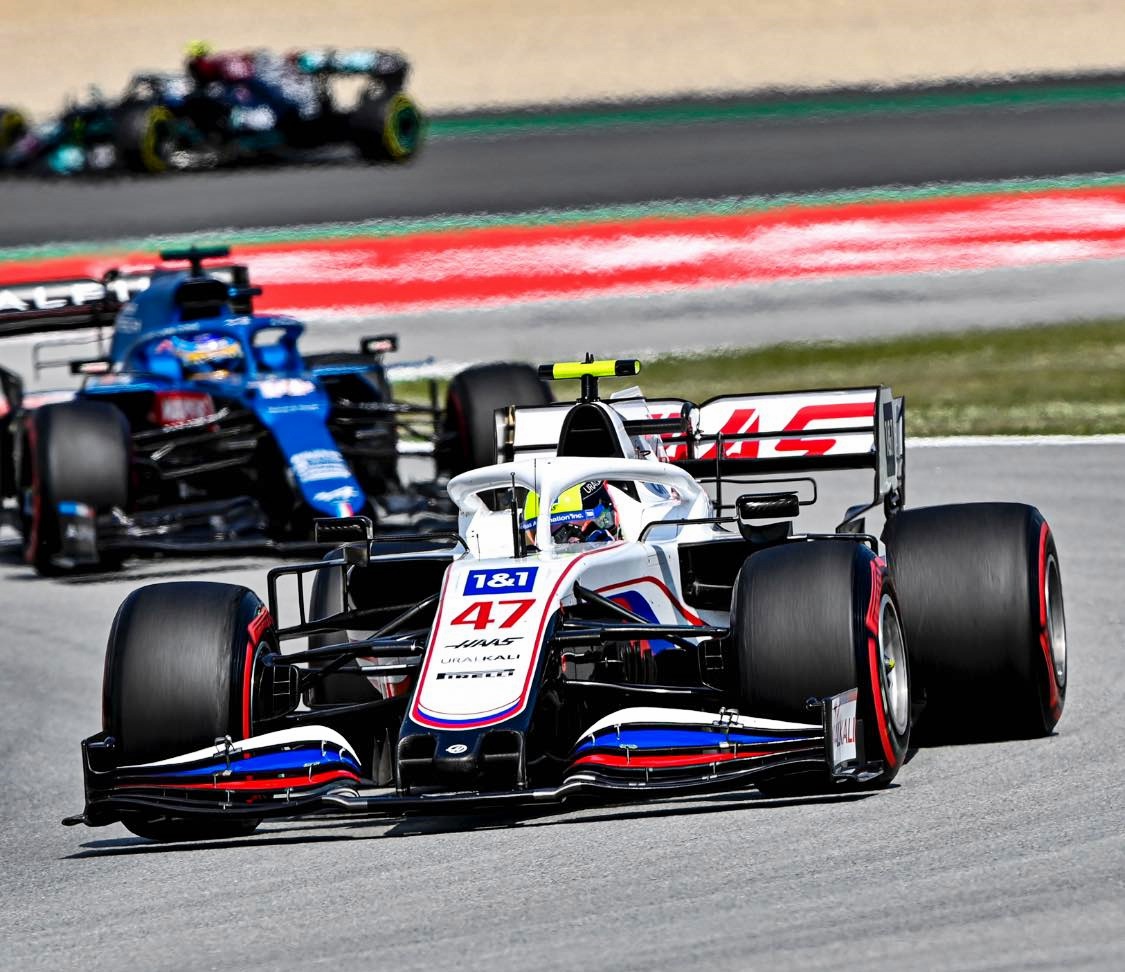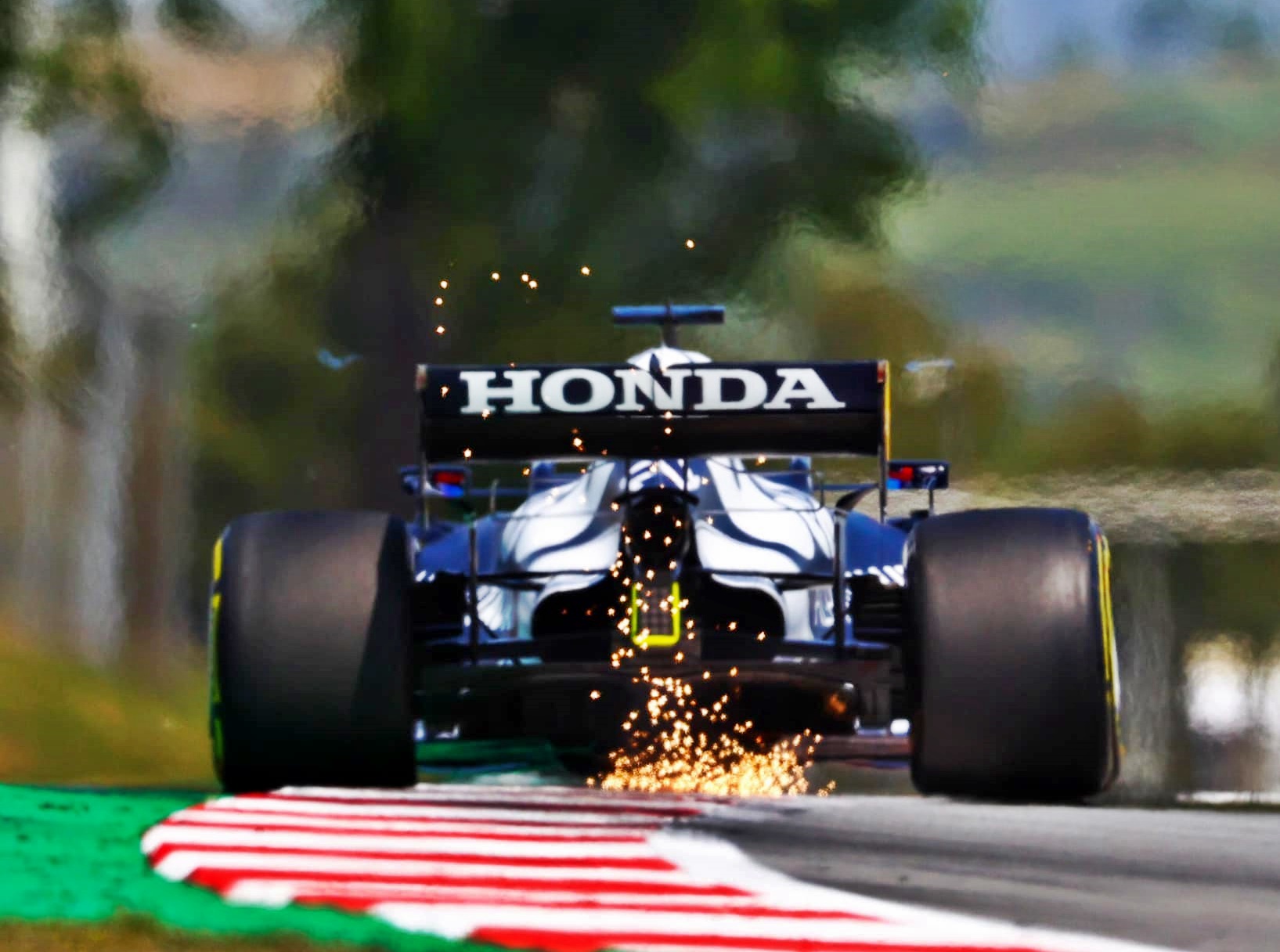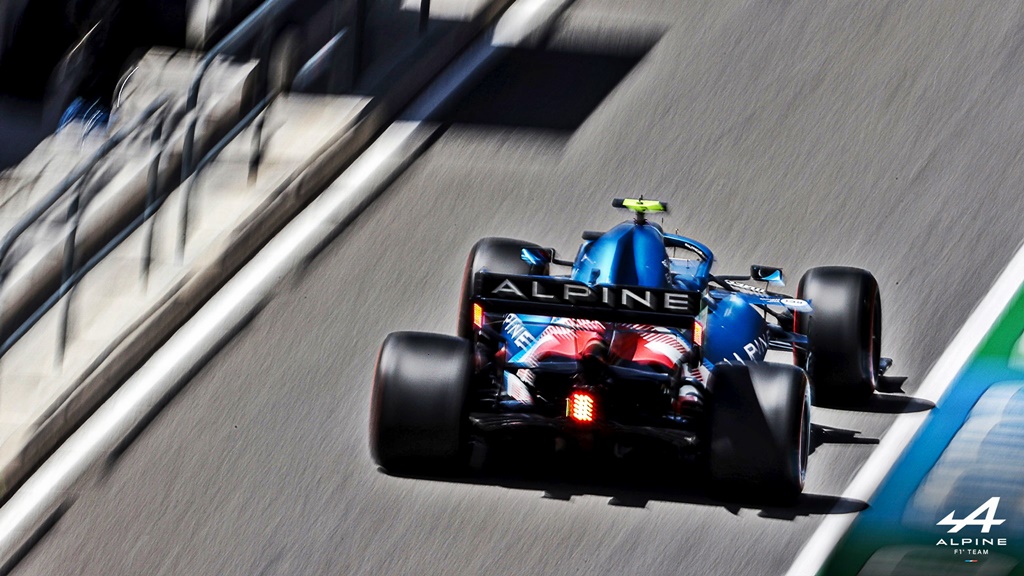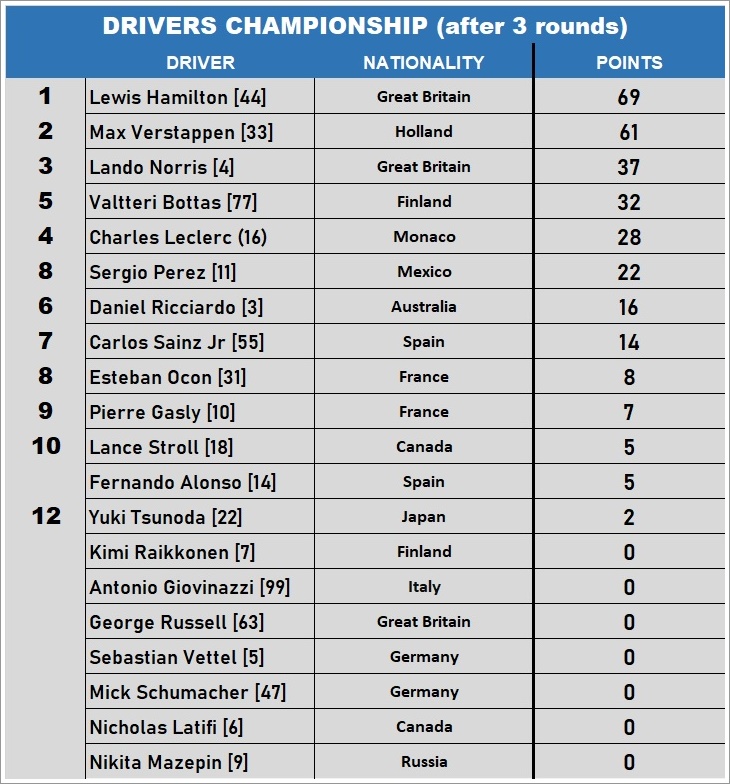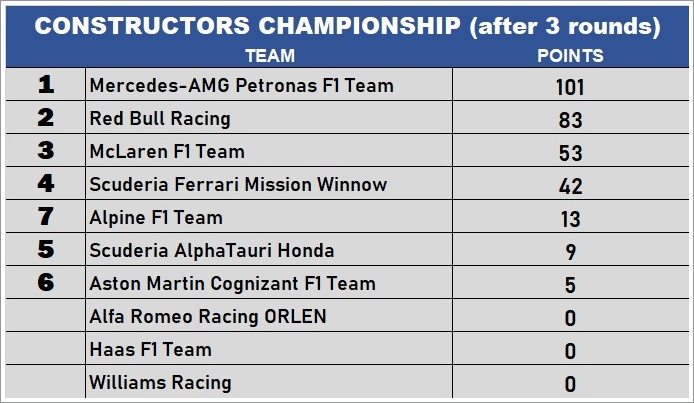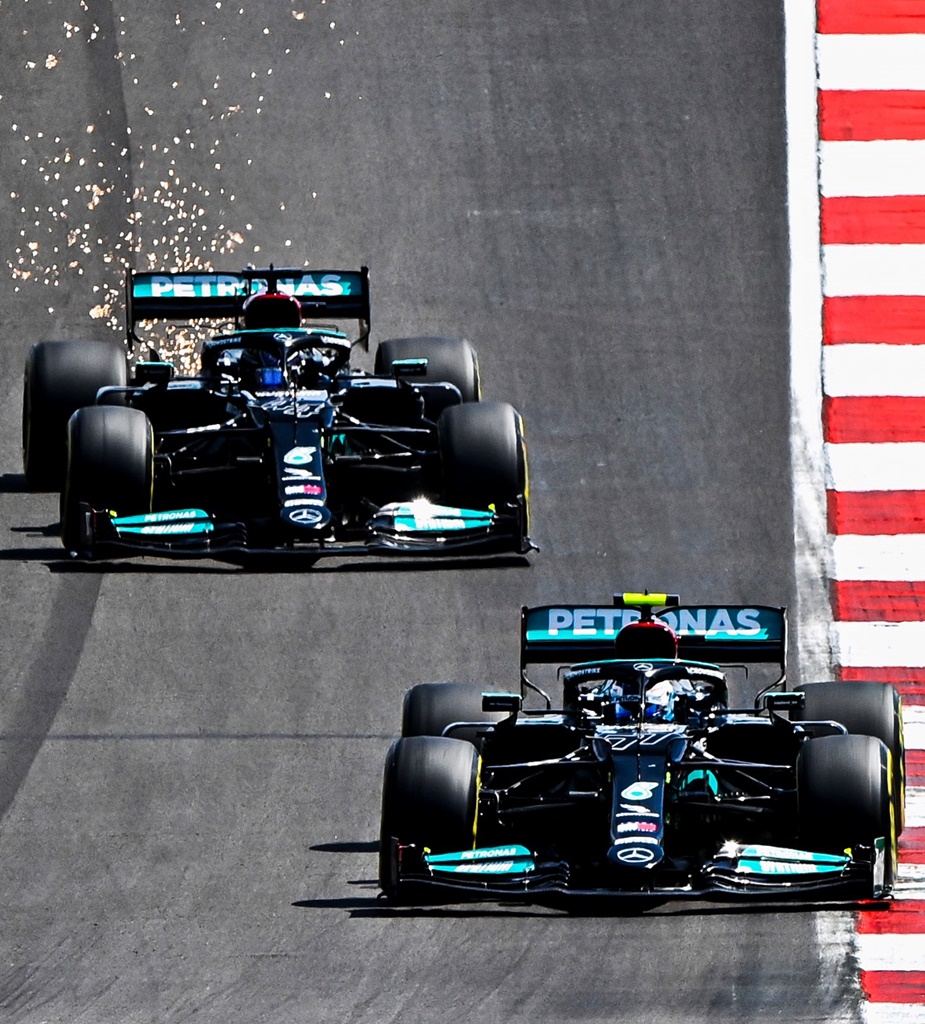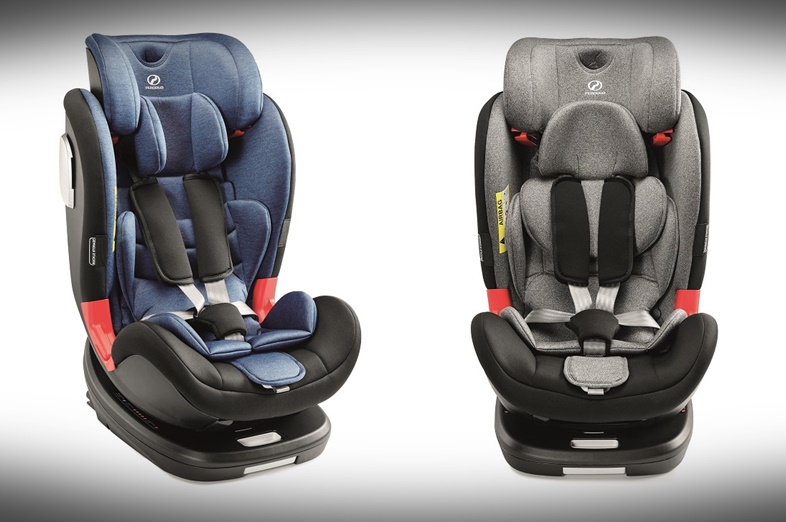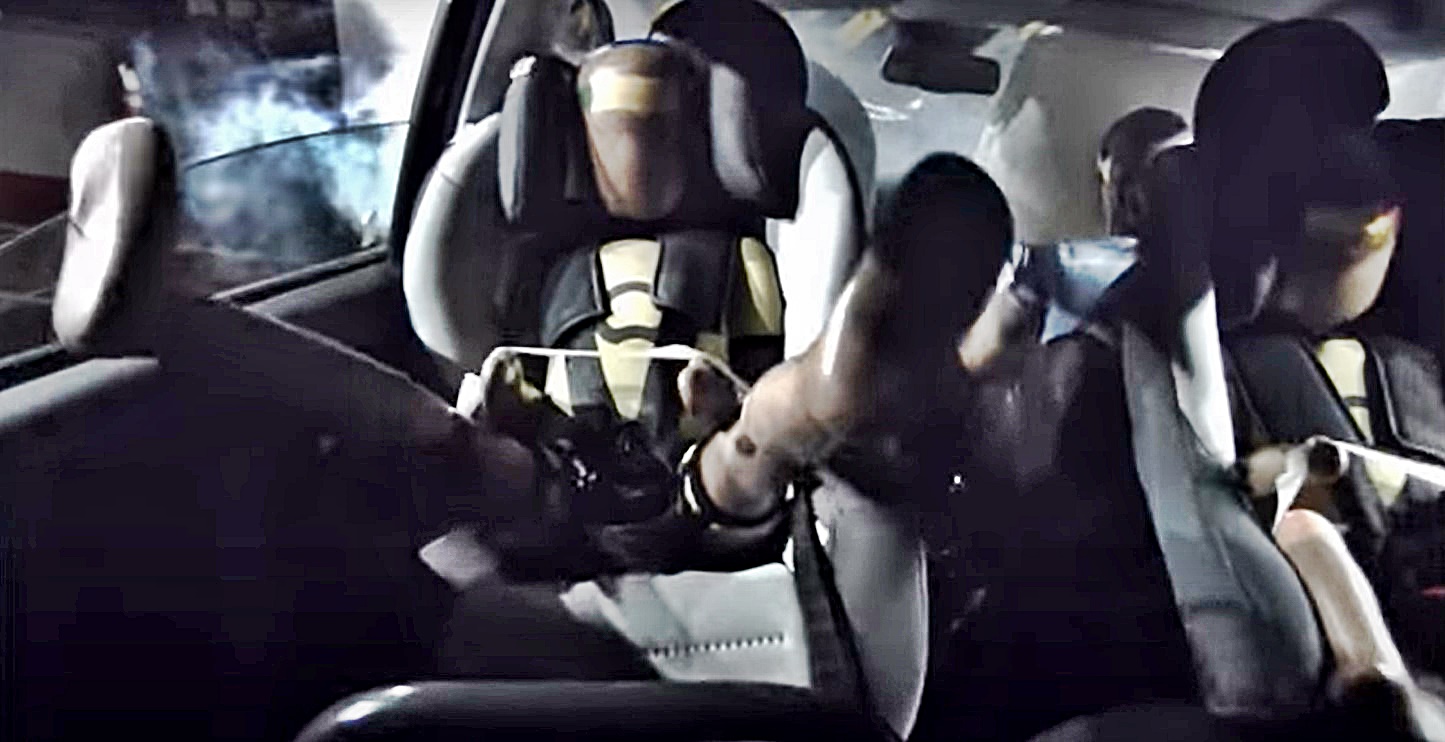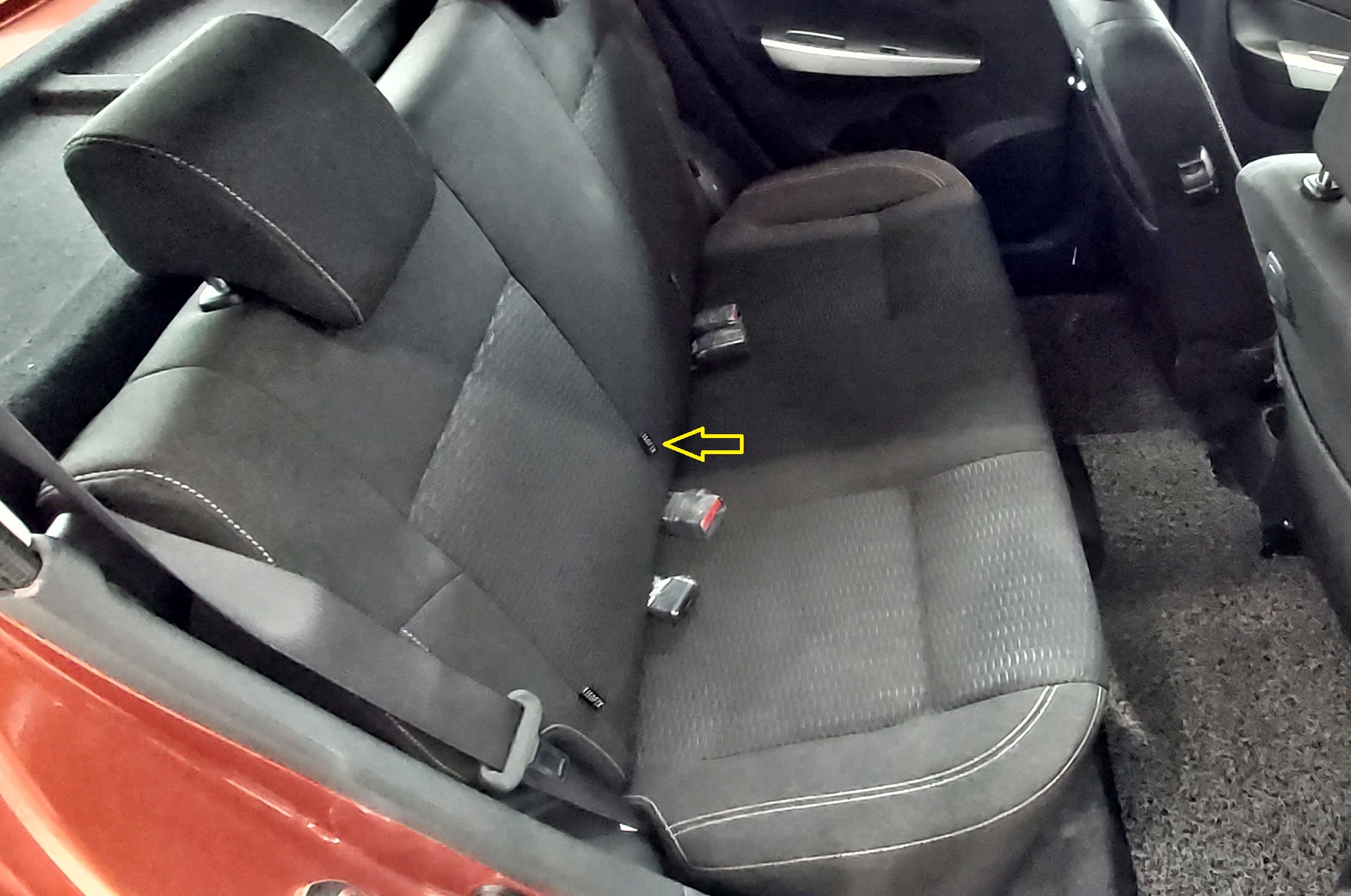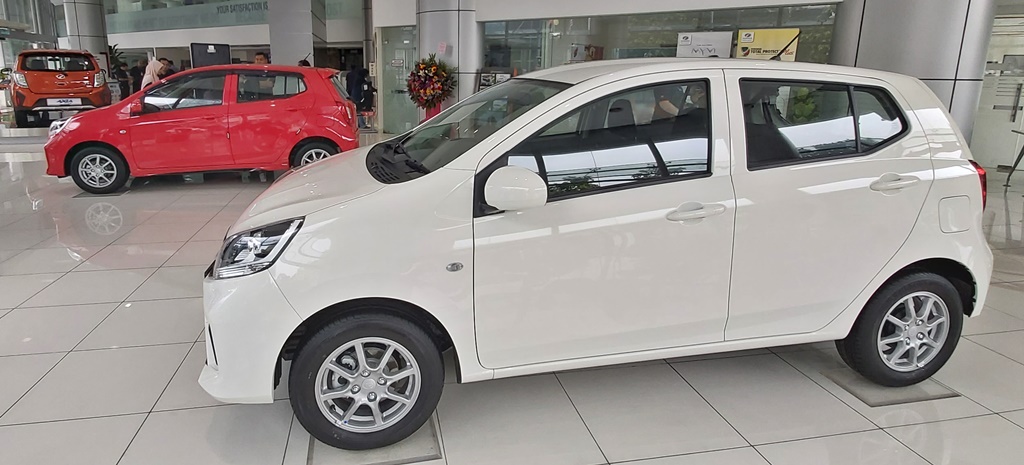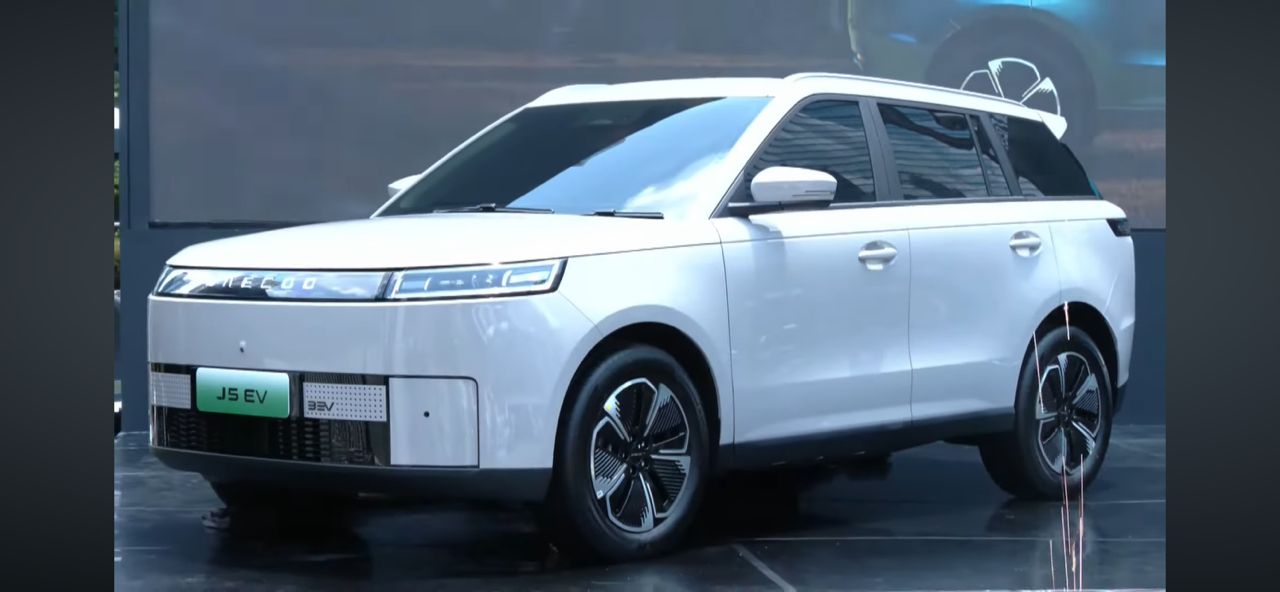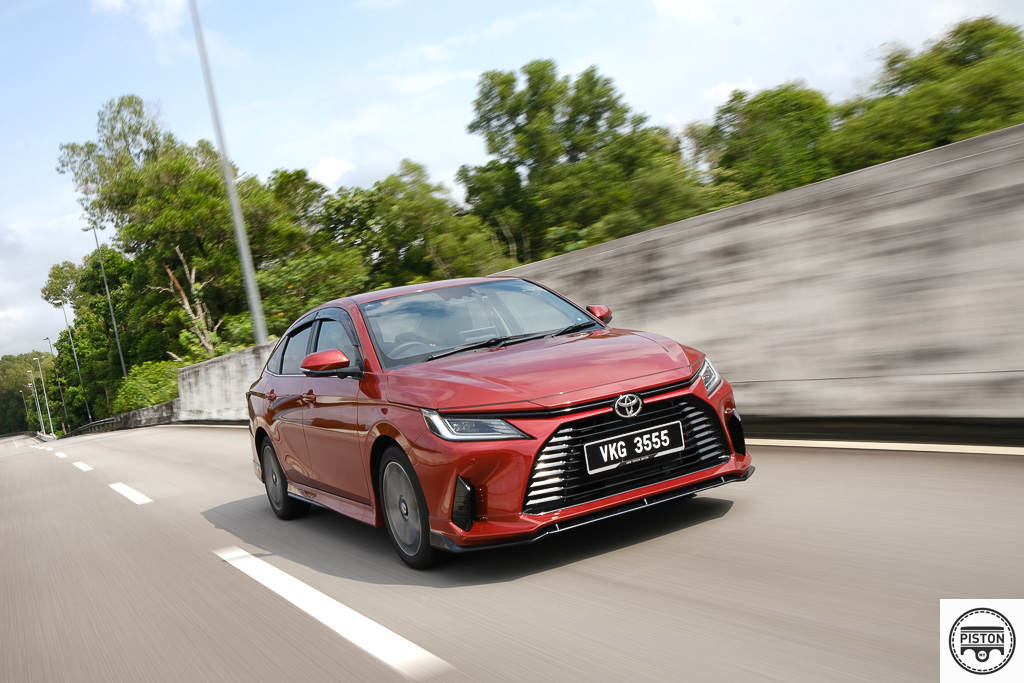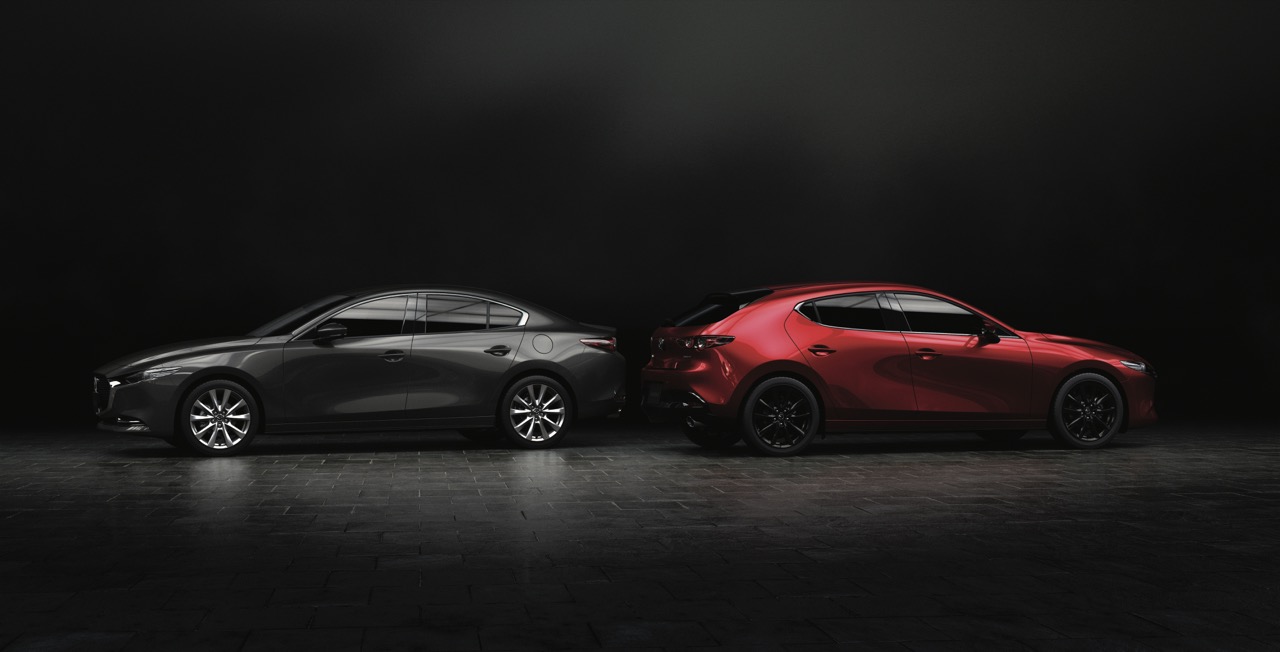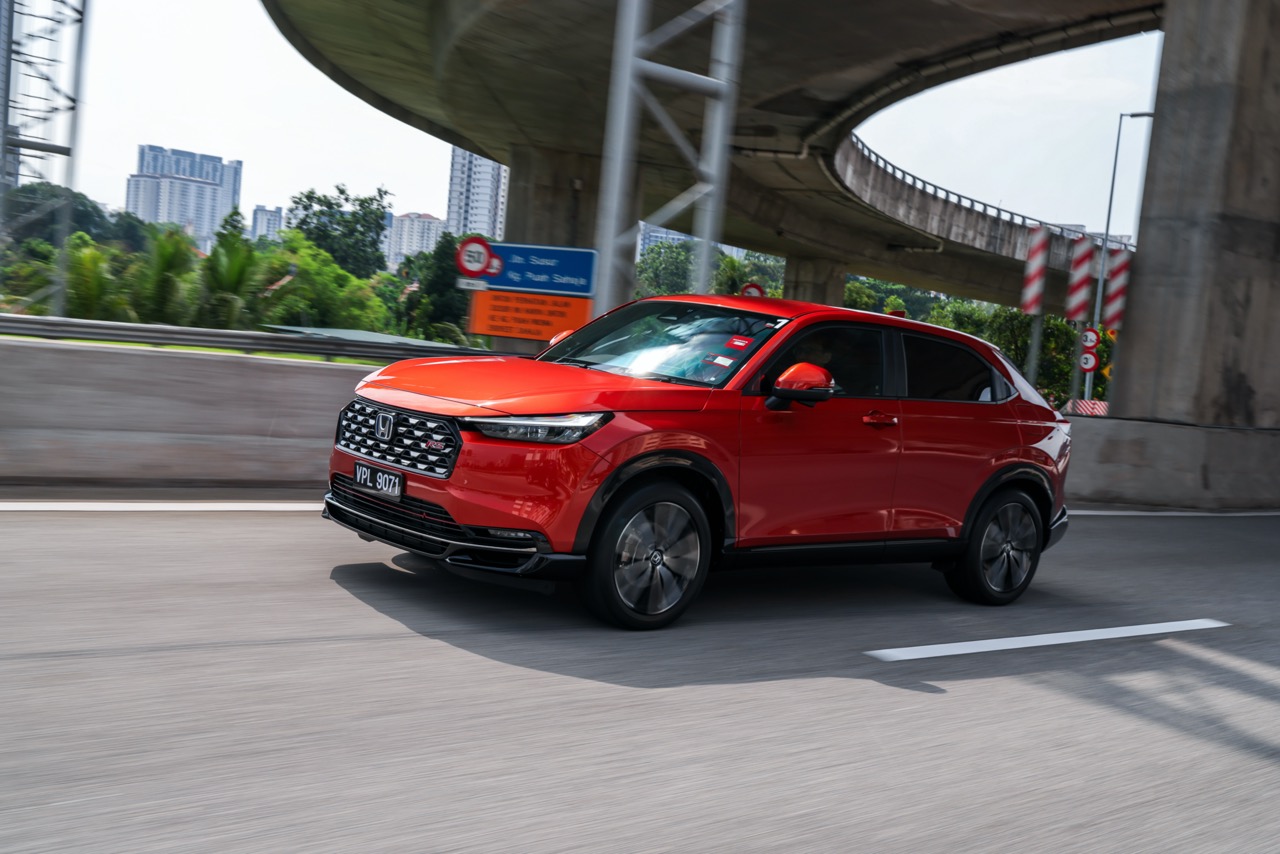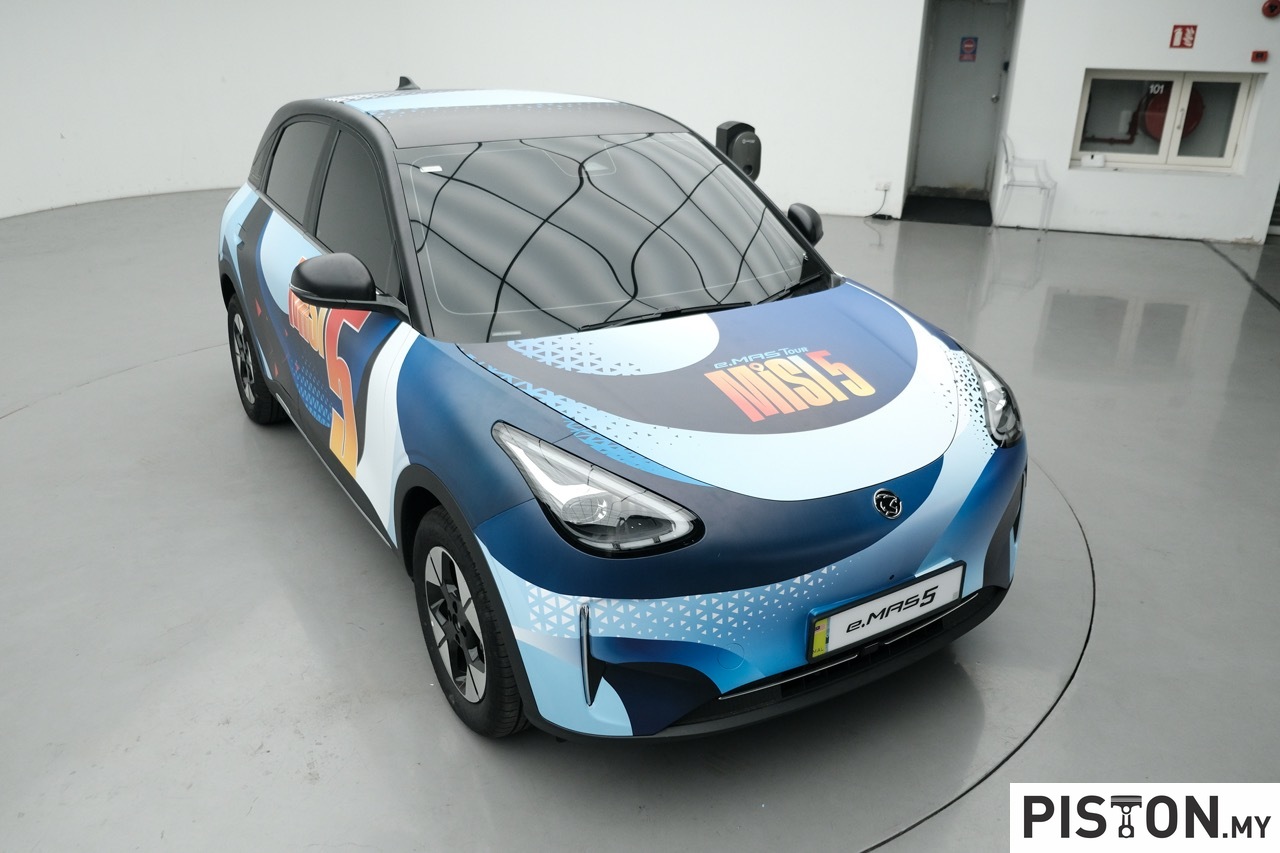The Shell Eco-Marathon, one of the world’s leading student engineering competitions, has been running for the past 35 years and despite still not being able to get back on the track in 2021, the event continued to celebrate the innovation of student teams and their Off-Track submissions.
While adapting to the ‘new normal’, the Shell Eco-Marathon 2021 adopted a unique model that involves new and exciting virtual opportunities, all with the continued goal of addressing an age-old problem that focuses on improving vehicles’ efficiency to travel as far as possible using as little energy as possible.
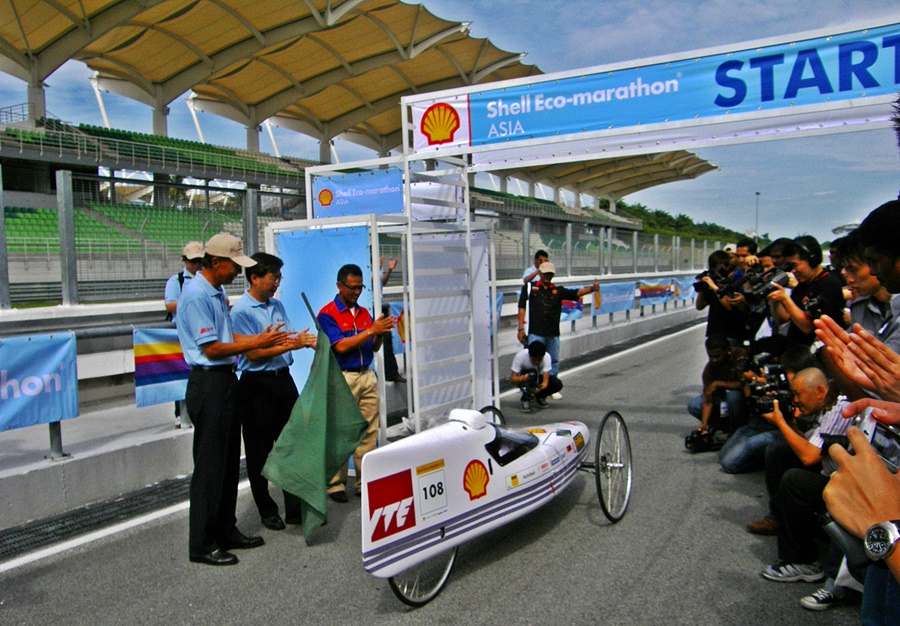
198 entries from 64 teams
This year’s Shell Eco-Marathon Virtual Off-Track Awards for Asia Pacific and the Middle East received a record number of submissions at 198 entries from 64 teams across 11 countries, nearly twice the number of submissions from past years. After shortlisting the best teams, a virtual panel used scorecards to select the winners and runners-up.
A new feature is the global Virtual League, enabling teams to accrue points across a range of different challenges including the Off-Track Awards and a brand-new Autonomous Programming Competition, which all feed into an ongoing league table.
Only Malaysian team
As with many other events these days, the winners were announced during a live virtual ceremony held recently. Team Grune Welt from MMU’s Faculty of Engineering and Technology in Melaka emerged as the only Malaysian team recognised at this year’s Shell Eco-Marathon Off-Track Awards for Asia and the Middle East.
The MMU Team’s Eco-V7 battery-electric prototype vehicle earned the judges’ recognition with its thoughtful sustainable design and other unique features. The team won US$750 and 100 Virtual League Points, propelling their current ranking to 10th in the Asia Pacific Region and 30th globally.
“The 2021 virtual programme is designed to recognise and reward the students’ achievements throughout the year. From virtual technical inspection to Off-Track Awards and global energy challenges like ‘Pitch the Future’, it aims to stretch and strengthen their STEM skills from start to finish,” said Norman Koch, Global General Manager, Shell Eco-Marathon. “While nothing can replace the excitement of the track, we hope that these virtual components will continue to provide opportunities to Shell Eco-Marathon teams throughout this season as we navigate these difficult times,” he added.
Keeping spirit of innovation alive
Over the years, the Shell Eco-Marathon has seen thousands of high school and university students from across the world build ultra-energy-efficient vehicles, in a variety of designs, using a spectrum of energy types. Every year brings new stories of human endeavour and technical excellence, as teams push the boundaries of what’s possible. Through the Shell Eco-Marathon, the spirit of innovation is kept alive among its student participants.
FEATURE – The German engine that was born on a Japanese bullet-train



